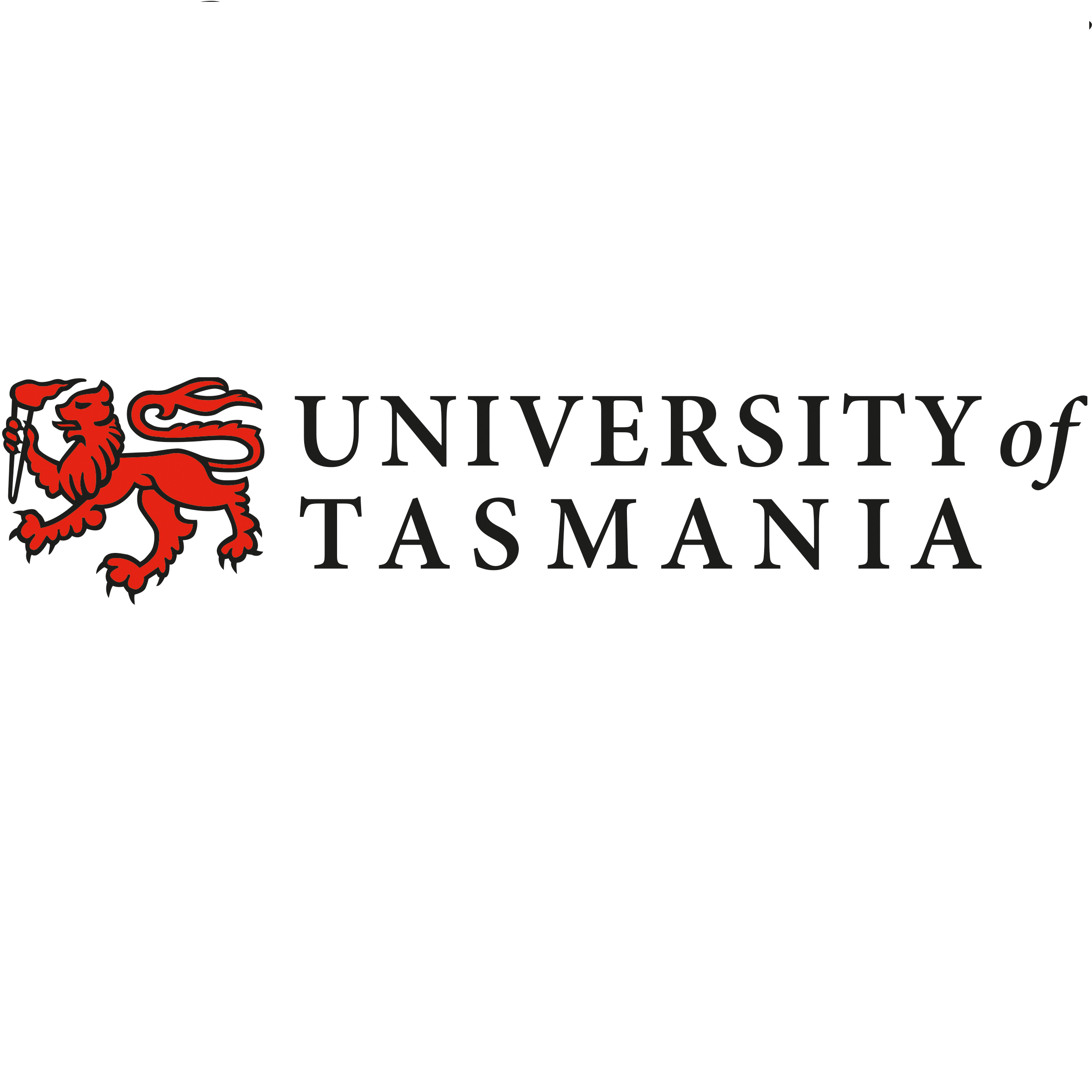Brief description
Recent poleward range expansion of the barrens-forming sea urchin Centrostephanus rodgersii (Diadematidae) from mainland Australia to Tasmania, has emphasized the need to understand the population dynamics of this ecologically important species in Tasmania. This work informs potential population dynamics of C. rodgersii in Tasmania by examination of its reproductive ecology. Reproductive periodicity (gonad index and propensity to spawn) was assessed bimonthly for 18 months at 4 sites in eastern Tasmania. Gamete viability was assessed by fertilization and early development trials. Temperature tolerance of Tasmanian C. rodgersii larvae was also assessed to determine whether this species has undergone an adaptive shift to the cooler Tasmanian environment. There was also no evidence for an adaptive shift in reproductive phenology. Reproductive phenology was assessed by determination of peak spawning period (gonad index analysis).Lineage
Maintenance and Update Frequency: notPlannedNotes
CreditFrusher, Stewart, Associate Professor
King, C.K.
Funding: School of Zoology, TAFI (University of Tasmania) Core grant (i.e. from State Govt) and grant from Tas Abalone Council; some funding from FRDC 2001/044
The aim of this project was to determine the reproductive capabilities of C. rodgersii in Tasmania in terms of reproductive cycle, functional gamete production and subsequent successful larvae development.
Created: 05 05 2008
Data time period: 2003-10-01 to 2005-08-23
text: westlimit=148.00; southlimit=-41.50; eastlimit=148.50; northlimit=-41.00
text: westlimit=148.00; southlimit=-42.00; eastlimit=148.50; northlimit=-41.50
text: westlimit=148.00; southlimit=-43.00; eastlimit=148.50; northlimit=-42.50
text: westlimit=148.00; southlimit=-43.50; eastlimit=148.50; northlimit=-43.00
text: uplimit=15; downlimit=8
User Contributed Tags
Login to tag this record with meaningful keywords to make it easier to discover
(DATA ACCESS - biometric data for derivation of gonad index cycles at 4 sites [direct download])
uri :
https://data.imas.utas.edu.au/attachments/9854c410-1a54-11dd-81a8-00188b4c0af8/bodyindex.xls![]()
(DATA ACCESS - Centrostephanus larval development rates across different temperatures [direct download])
(DATA ACCESS - Bimonthly sampling of spawning induction at 5 sites [direct download])
uri :
https://data.imas.utas.edu.au/attachments/9854c410-1a54-11dd-81a8-00188b4c0af8/spawn_induction.xlsx![]()
(ASSOCIATED PUBLICATION - Reproductive potential of a marine ecosystem engineer at the edge of a newly expanded range (DOI:10.1111/j.1365-2486.2008.01543.x))
- global : 9854c410-1a54-11dd-81a8-00188b4c0af8


